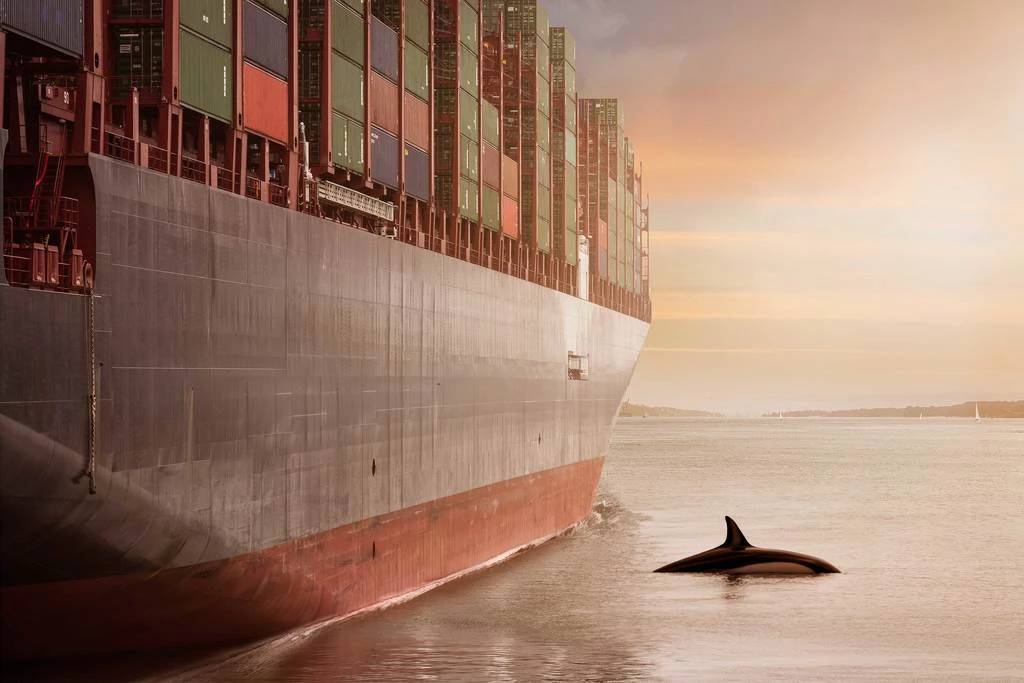Maritime decarbonization: Addressing CII Regulations using Xmile
Understanding the Carbon Intensity Indicator (CII) is essential in the ever-changing landscape of International Maritime Organization (IMO) compliance. This article explores the complexities of CII regulations. It also examines the challenges that vessels with low ratings face, as well as possible strategies to improve a ship's CII rating.
Understanding CII regulations
The CII is a metric that measures the environmental efficiency of a ship by measuring CO2 emissions for each cargo unit and nautical mile.
Ships are graded annually ranging from A to E, in which the rating requirements will become increasingly strict towards 2030. The CII applies to all vessels above 5,000 GT.
The annual CII is calculated based on the reported IMO DCS data. Vessels that achieve a D rating for three years straight, or achieve an E rating for a single year, will need to develop an action plan as to improve their rating as part of the Ship Energy Efficiency Management Plan (SEEMP). The action plan should consist of an analysis demonstrating the reasons as to why the mandatory CII has not been achieved, and should include a revised action plan. This plan must be verified before the Statement of Compliance (SoC) for the vessel can be issued.
Besides the SoC issue, vessel owners with bad CII ratings are facing another issue. High-profile companies with prominent Environmental, social and corporate governance (ESG) reports are updating their contracts with charter companies to exclusively partner with well-rated CII vessels, ensuring the stability of their ESG evaluations. Vessel owners with bad CII ratings can lose their contracts if the CII rating does not improve.
Strategies for Increasing CII Rating
Various measures are available to improve a vessel’s CII score in this article we will list some of the most common.
Slow steaming
Fuel consumption and emissions can be reduced by reducing the speed of the vessel. This method helps improve the CII rating, but it can also cause delays and raise concerns about engine health.
Adopting alternative fuels
Switching to eco-friendly fuels such as biofuels and LNG can reduce emissions significantly. This transition comes with challenges. In our next blog post we will cover the various alternative fuel sources and the benefits/challenges that come with these fuels.
Xmile’s Role In Meeting CII Regulations
Xmile can significantly improve the Vessel’s CII rating. When Xmile is added to the fuel it provides a 7% reduction in fuel consumption, resulting in a 7% C02 saving. Implementing Xmile is a great first step towards cost-efficient decarbonization. Contact us for more information at info@xmile.com, or visit www.xmile.com

